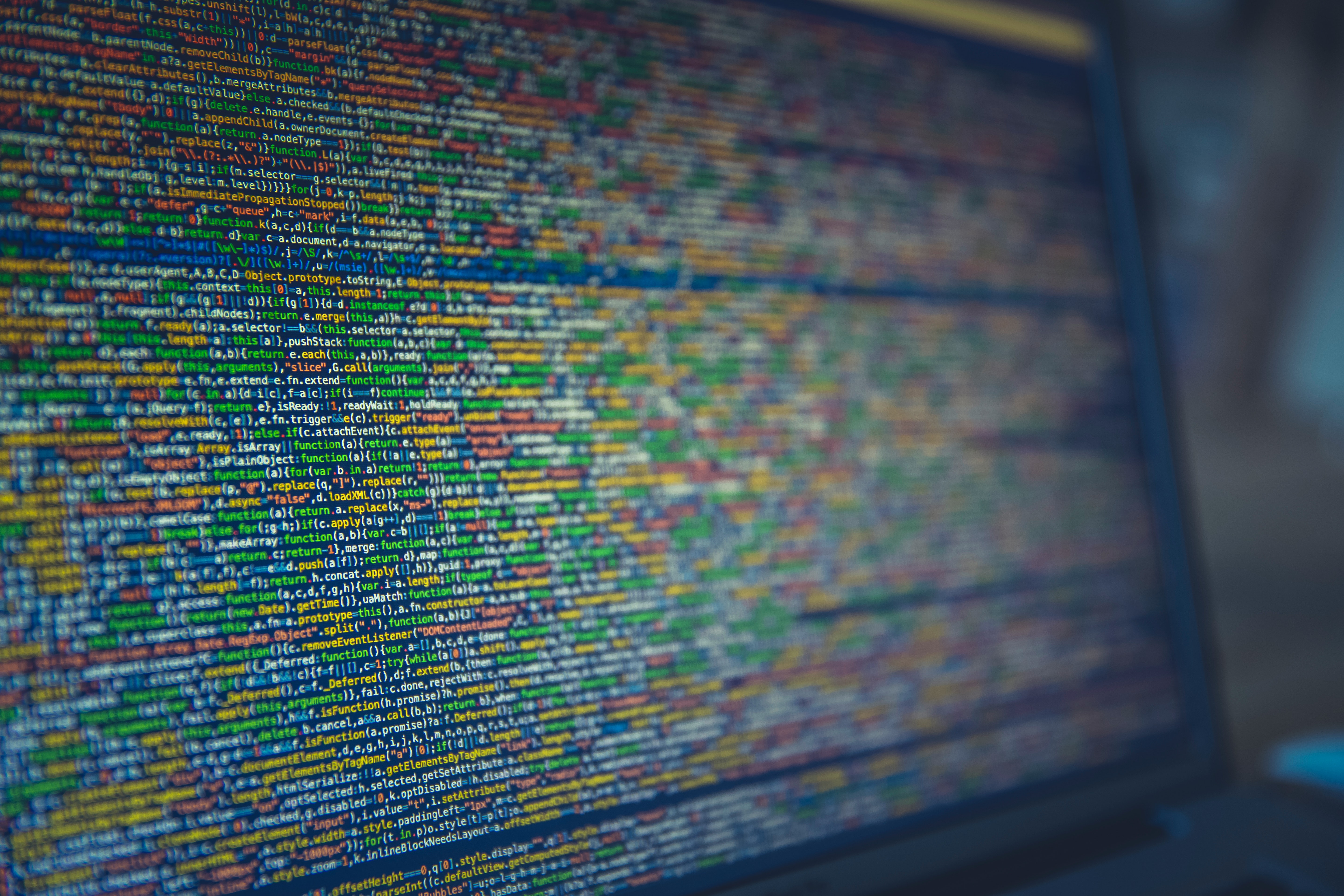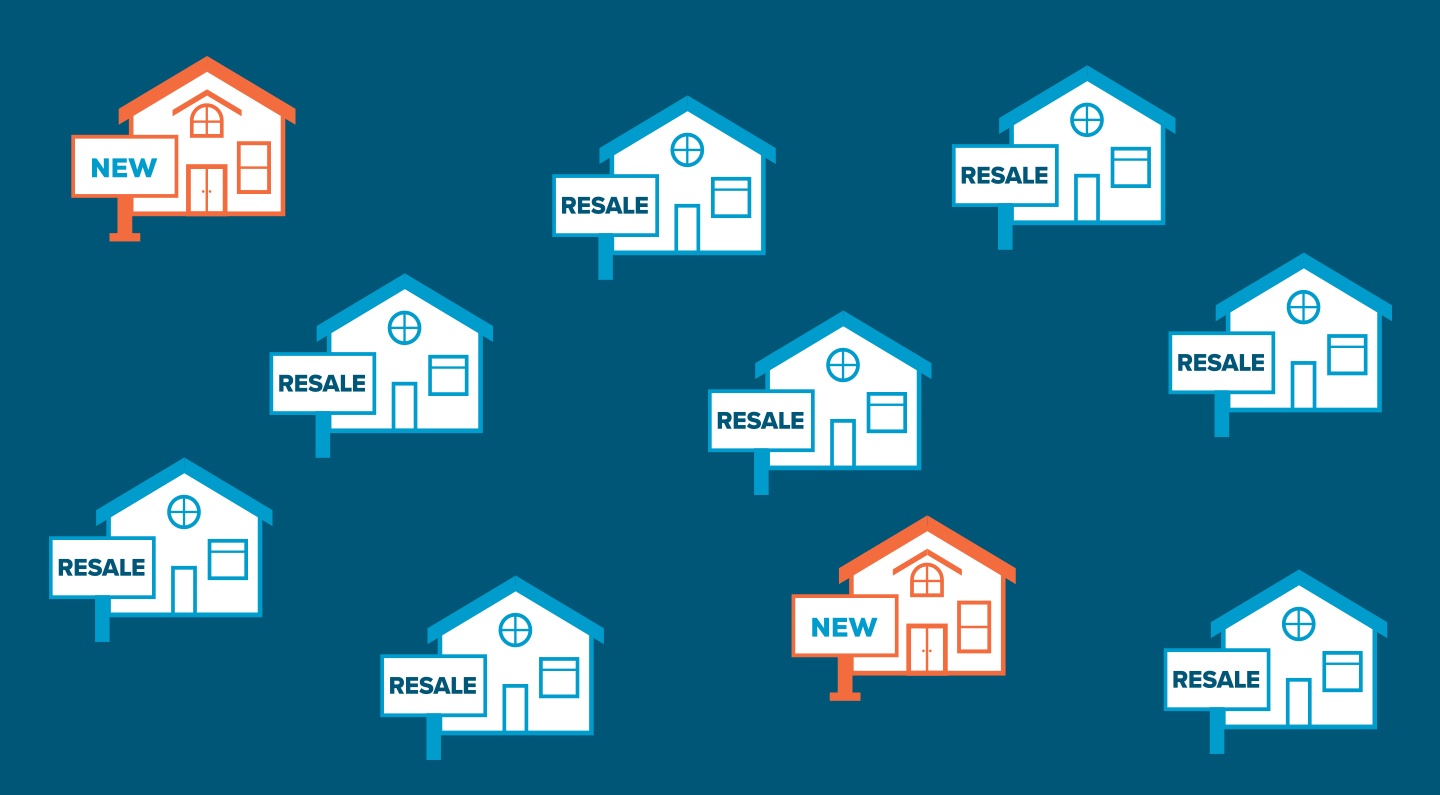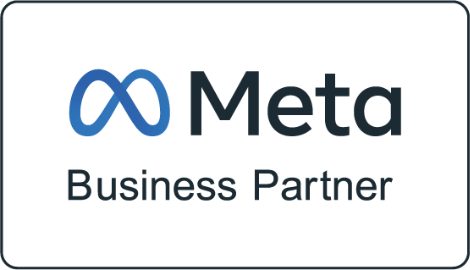Digital Marketing Spotlight: Beating Bots & Taking Names
Recent analyses of web traffic have found that up to almost 2/3 of all internet traffic is automated.
And by “automated,” we of course mean only one thing: non-human bots.
Bots are programs that exist online to perform specific tasks.
There are good bots and bad bots.
Good bots do things like scanning attachments and checking links in emails; crawling the internet in the service of search engines, finding and ranking web content; and chatting with us as first-contact customer service automation.
Bad bots, on the other hand, are nefarious functions. They perform such actions as pretending to be humans to spread misinformation; mimicking websites to steal passwords or other personal information; and overwhelming and crashing sites and networks with DDoS attacks and the like.
One thing is clear, though: Bots of all sizes and alignments (i.e., good or bad) affect marketing. Let’s dive a little deeper into how bots skew marketing, explore which industries are most impacted, and examine how AdsIntelligence successfully champions our clients’ messages even in the face of the bot invasion.
How do bots affect marketing analytics?
As we wrote before, both kids of bots affect marketing analysis. Though good bots are trying to help and bad bots are trying to hurt, the actions of both skew our numbers nonetheless.
Those good bots, for example, which protect inboxes perform a few actions that muddle metrics. Here’s the scenario: You send out an email blast. Good bots peek into the email before your intended recipient gets to see it. They do this to check the email’s safety and to separate out spam, but that peek gets recorded as the email being opened, artificially enhancing the email’s open rate. Technically it’s been opened, but not by a human. These same good bots will also check links, which inflates click-through rates.
Good bots that crawl and index websites for search engines also affect website metrics. By interacting with and testing all the parts of your website, they impact your time on site and bounce rate analytics. All these good bots mean well and do perform valuable and important tasks, but they make accurately analyzing how our marketing is performing more difficult.
And don’t get us started on bad bots. As they worm their way around, looking for code and users to exploit, they affect your metrics. Bounce rates, time on site, and pages viewed are just some of the numbers that bad bots can distort. It stands to reason that bad bots, as they impersonate real humans on the internet (even following a standard workday schedule), affect all the web metrics that a real human could—only en masse.
Before we get into how we at Ai battle bots and champion digital marketing, let’s examine the industries that are most affected by these automated scripts.
Which industries do bots affect most?
As bots maneuver around the internet, they affect every industry that exists (even if just a part) online. In their 2021 Bad Bot Report (signup req.), Imperva studied how bad bots attack different industries. Here is a short summary of some of the highlights.
Telecom and ISPs were mashed together into one category with 45.7% of their entire internet traffic composed of bad bots. These bad bots are on the hunt for personal data. They scrape sites and then using that data to take over personal accounts. And what do the bots do with the information they steal? Sometimes they hold it for ransom. But almost always they use it to exploit other systems, sites, and services in the hopes of illegally collecting even more personal information. They try to find that one leak in the dam that they can escalate into a flood.
News sites have 33% bad-bot traffic, as the vile bits of code look to scrape information and commit ad fraud. Another thing bad bots do on news sites is comment spam. Comment spam isn’t just annoying for users (as they scroll through so many “I made $XX in just 20 days. Click here to find out how!” messages), but it is also detrimental to your SEO and SERP performance. Google doesn’t like comment spam and will rank sites with too much spam lower (see their blog for more).
Society sites are also impacted by bad bots to the tune of 28.6% of their traffic. Society sites are those that, quite simply, help society—specifically, nonprofit organizations. Almost every nonprofit has a donate page on their site, and bad bots uses these pages to test out stolen credit card numbers. If the charges go through, those who set the bots in motion know they can continue to commit credit card fraud.
About 26.2% of the travel industry’s traffic is bad bots, as they scrape and amalgamate information on flights, hotels, and other travel-related costs. These bots are used by unscrupulous aggregators to trick users into using their service to book trips and rentals, possibly charging bogus additional fees or even stealing information. Bots are also used in account takeovers where they use and abuse air miles and travel rewards.
The final industry we’ll examine is real estate, which is 29.7% bad bot traffic. Since this is one of our marketing specialties, we find it interesting that the real estate industry can fall prey to ways many other industries can combined! Take-over attacks are common like telecom & ISPs face, as are scraping by crooked aggregators like those who steal traffic away from travel sites.
These are all examples of how bad bots affect the industries themselves. As marketers, we’re most concerned with how bots skew our reporting because our goal is to reach as many humans as possible. Let’s examine an anonymous case study of one of our clients to see how bots have impacted their metrics.
Facebook Campaign Case Study

Here’s a prime example of how bot traffic (even well-intentioned, good bot traffic) can dramatically impact our metrics. In the screenshot above, one of our proactive account managers set up our client’s October Facebook campaigns on September 30. They were scheduled to go live on October 1.
If these campaigns weren’t launching until October 1, why did we get so much traffic on September 30? That would be the bots, of course. The goal of these bots wasn’t to make our jobs harder. It was most likely to review all the ads to make sure everything worked and make sure all Facebook’s advertising policies were being followed. But what resulted was very inflated traffic numbers.
Some might think these inflated traffic numbers just make our campaigns look like they are performing better which, in turn, makes us look good as an agency. But since these are just bots, and aren’t interacting with our campaigns like real people do, these inflated numbers skew a lot of other metrics down the line as well. The screenshot below shows how much higher the bounce rate is because of bot traffic.

And this is just one visual example of the metrics those initial bot traffic inflations impact. Some of the other metrics affected are time on site, pages per session, and perhaps most importantly, conversion rates.
AdsIntelligence Marketing champions digital marketing in the face of bots
The analysis of analytics should never be an automated feature. Bots both good and bad affect our metrics. But the automated processes of Google Analytics also don’t reveal the complete picture. Armed with this knowledge, though, the team at Ai parses and uses these analytics as a guide to how our marketing is performing. These metrics aren’t the be-all-and-end-all, but more of a trend tracker in support of our main goal: conversions.
Converting web traffic into leads is our primary goal. Most often these conversions are form fills and phone calls, both of which are super easy to filter for human vs. bot (compared to the cold numbers of analytic data). Our marketing endeavors don’t just have conversions penciled in as the goal, though, but are strategically designed to maximize this outcome.
To this end, we have built a strong digital strategy that focusses less on programmatic and banner ads—since these are ad types bots impact—and more on lead generation and brand recognition. That strategy starts with paid search. Paid search is the back-to-basics, pure form of advertising that connects products with the customers who are looking for them. They search, we showcase.
Our digital marketing also expands into paid social, increasing our audience size and reach. Social marketing gives us an expanded menu of visual opportunities, letting us present our message in a more “show, don’t tell” environment. Photo collages, animated image galleries, and videos engage and inform—all with an appropriate serving of branding.
At AI, we strategically place digital marketing in front of our clients’ most receptive consumers. This ensures the messages and branding are seen, heard, and experienced. We use analytics as an indicator of trends, while filtering out signs of automated traffic. This “beats” the bots by understanding and adapting to their presence in our metrics. We focus our marketing on the end product: conversions. Because in the end, that’s one metric that can’t be contaminated by bots.









